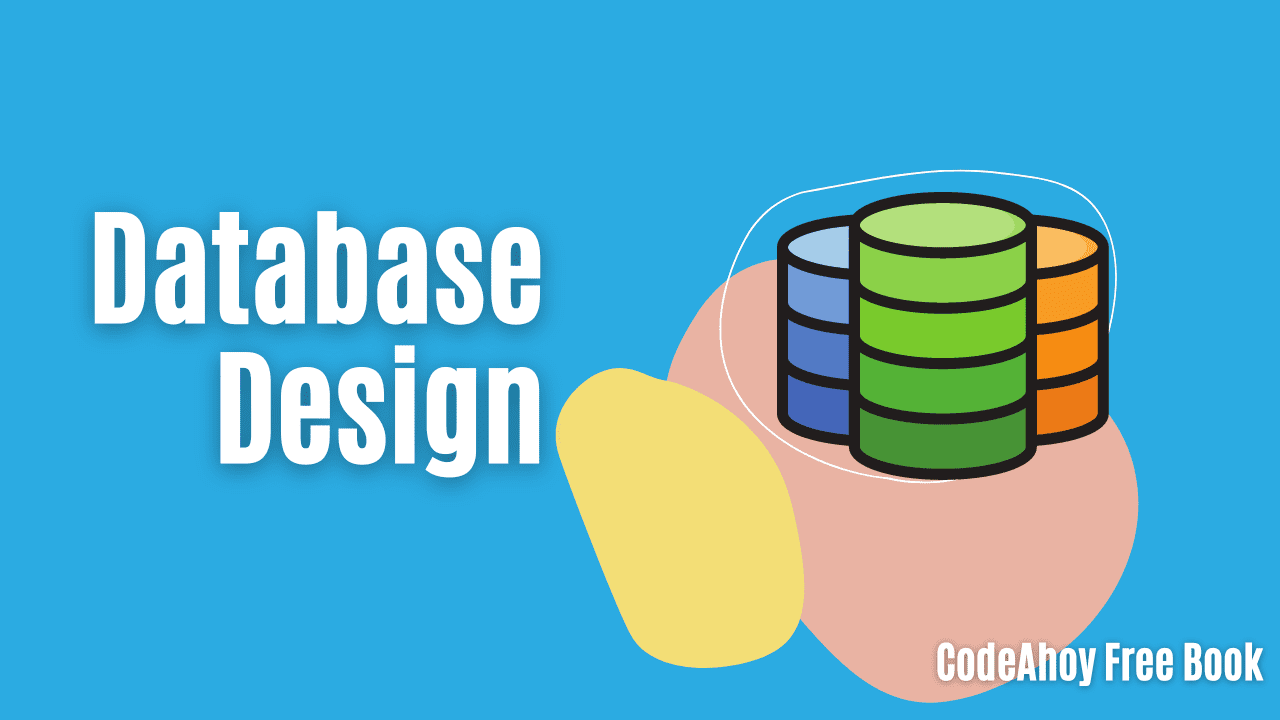Books / Go database/sql Tutorial / Chapter 8
Working with NULLs
Nullable columns are annoying and lead to a lot of ugly code. If you can, avoid
them. If not, then you’ll need to use special types from the database/sql
package to handle them, or define your own.
There are types for nullable booleans, strings, integers, and floats. Here’s how you use them:
for rows.Next() {
var s sql.NullString
err := rows.Scan(&s)
// check err
if s.Valid {
// use s.String
} else {
// NULL value
}
}
Limitations of the nullable types, and reasons to avoid nullable columns in case you need more convincing:
- There’s no
sql.NullUint64orsql.NullYourFavoriteType. You’d need to define your own for this. - Nullability can be tricky, and not future-proof. If you think something won’t be null, but you’re wrong, your program will crash, perhaps rarely enough that you won’t catch errors before you ship them.
- One of the nice things about Go is having a useful default zero-value for every variable. This isn’t the way nullable things work.
If you need to define your own types to handle NULLs, you can copy the design of
sql.NullString to achieve that.
If you can’t avoid having NULL values in your database, there is another work around that most database systems support, namely COALESCE(). Something like the following might be something that you can use, without introducing a myriad of sql.Null* types.
rows, err := db.Query(`
SELECT
name,
COALESCE(other_field, '') as otherField
WHERE id = ?
`, 42)
for rows.Next() {
err := rows.Scan(&name, &otherField)
// ..
// If `other_field` was NULL, `otherField` is now an empty string. This works with other data types as well.
}




